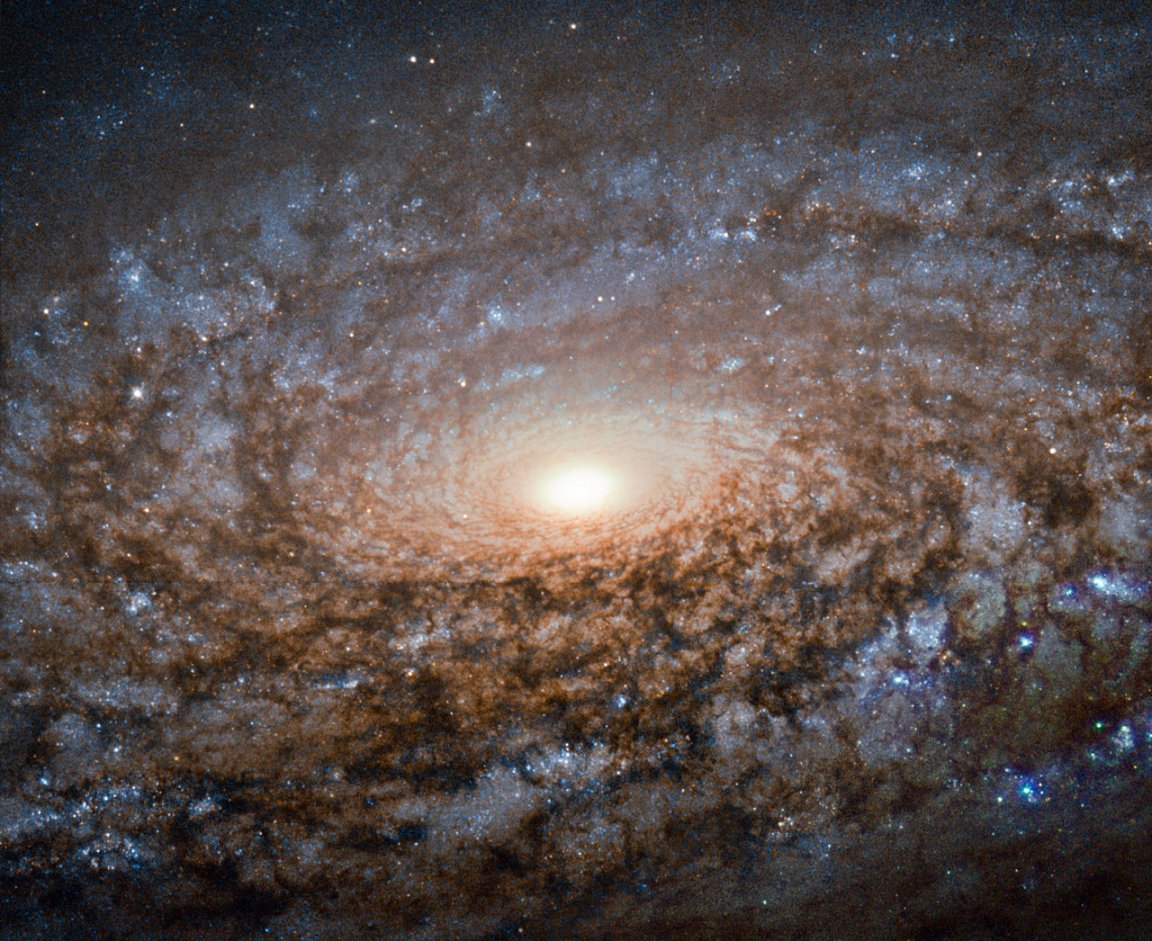
HUBBLE’S LARGEST SURVEY
A team of scientists recently revealed that galaxies were more efficient at making stars when the universe was far younger. The announcement was published last week in the Astrophysical Journal by University of Texas at Austin assistant professor Steven Finkelstein and his colleagues.
In their first study, published in the journal’s September 1 issue, the team shows that there were a lot more bright, highly star-forming galaxies in the early universe than scientists previously thought. The latest publication adds to this discussion.
For both studies, Finkelstein’s team used galaxy observations from the Hubble Space Telescope’s CANDELS survey, of which he is a team member. CANDELS stands for Cosmic Assembly Near-infrared Deep Extragalactic Legacy Survey, Hubble’s largest survey to date. Ultimately, this survey is meant to shed light on the “Cosmic Dawn,” an epoch less than 1 billion years after the Big Bang, when the first seeds of cosmic structure began to take shape, and “Cosmic High Noon,” a period about 2-4 billion years after the Big Bang, when galaxies went through a significant growth splurge.
The results of the studies involved about 8,000 CANDELS galaxies seen at times ranging from 0.75 to 1.5 billion years after the Big Bang (that is, between redshift four and redshift seven). Since the universe is a little less than 14 billion years old, this timeframe covers only the first five to 10 percent of the history of the universe.
By noting the galaxies’ brightness in ultraviolet light, and then correcting this measurement depending on how much light-absorbing dust the galaxy contains, the team deduced the rate of star formation in these galaxies from the Hubble images. The dust estimation also comes from the Hubble images and showed that the redder a galaxy is, the dustier it is.
“This was an unexpected result,” Finkelstein said. “It has implications for galaxy formation at the earliest times” in the universe.
REASONS FOR STAR-MAKING EFFICIENCY
When the team compared the mass in stars in these galaxies to the theoretically predicted rate at which galaxies grow their mass in the young universe, they found higher masses than predicted. This implied that galaxies were more efficient at turning gas into stars in the early universe than they are today.
Finkelstein offered two probable reasons. First, that as the universe has been expanding outward since the Big Bang. At earlier times, everything in the universe was denser or placed closer together, including the gas in galaxies. Gas that is closely packed together is one of the primary components that contributes to star formation, so it is possible these galaxies had more of the material.
The second is feedback. “No galaxy is 100 percent efficient at turning gas into stars,” Finkelstein said. There are several mechanisms inside galaxies that can cause some of the gas to not form stars, including supernovae or massive explosions, winds from massive stars, and active supermassive black holes that can heat surrounding gas. All these barriers to star formation are collectively called “feedback.” Finkelstein adds that galaxies at earlier times may experience less feedback, and so may form stars more readily.
Finkelstein anticipates that these bright galaxies in the early universe can be studied in greater detail with the launching in 2018 of the James Webb Space Telescope (JWST), the infrared successor to Hubble. Future studies with JWST should provide more information and better understanding of how stars formed in early galaxies.